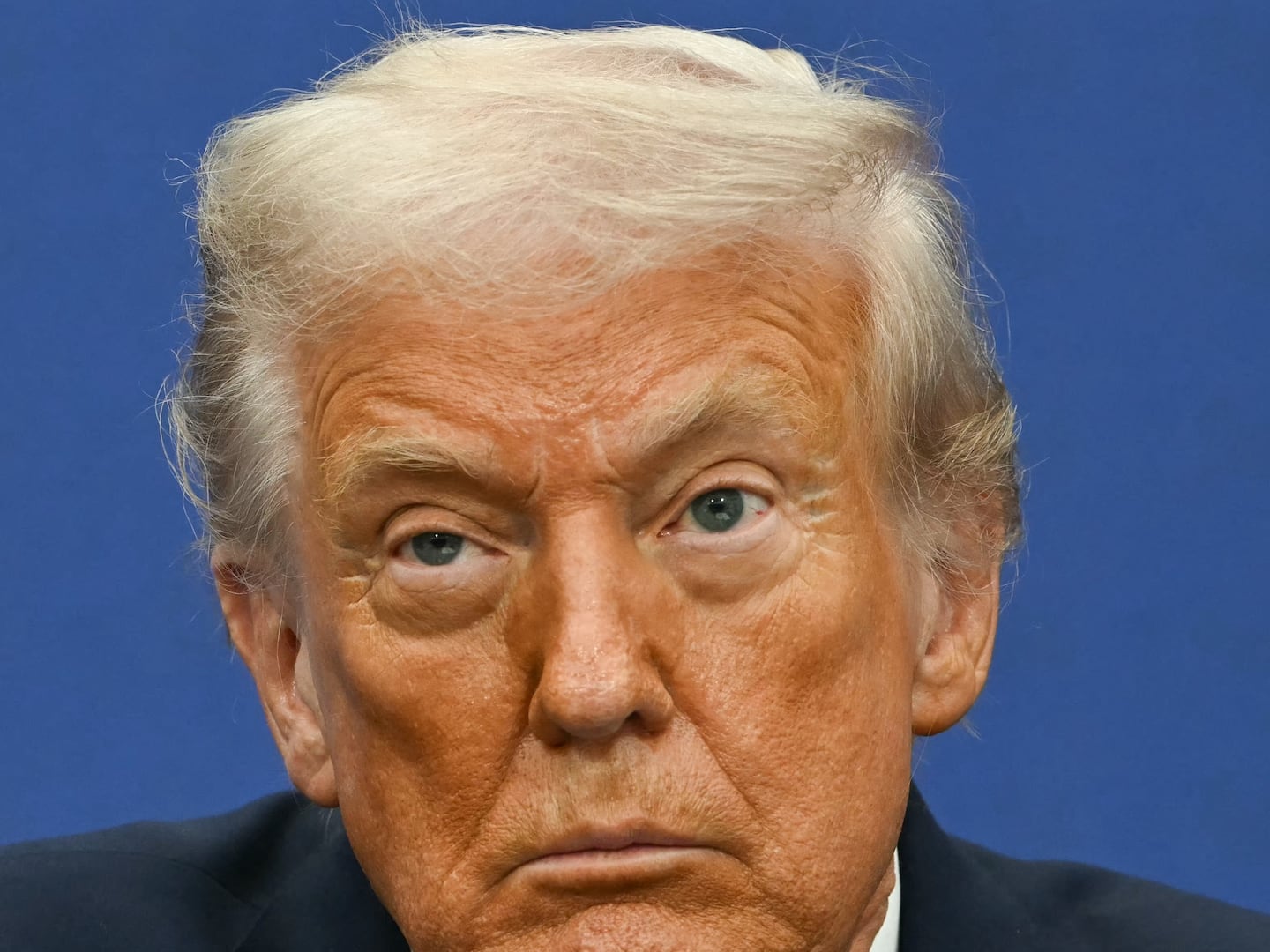SEATTLE—Washington state officials said they have determined the man with the first known case of Wuhan coronavirus in the United States had close contact with at least 16 people since returning from China.
But authorities said there was no reason to panic—even as Seattle residents rushed to buy face masks at drug stores and fretted about whether the bug that has killed 17 people overseas would spread across the United States.
“I would expect that at some point we’re going to have more cases in the U.S.,” state Health Secretary John Wiesman said, stressing that public health officials are well-equipped and trained to handle and contain outbreaks.
The initial patient, a man in his 30s, returned from a trip to China on Jan. 15 but did not fall ill until several days later. He had seen news of the outbreak that has infected hundreds in China and went to a Snohomish County clinic on Jan. 19, and told doctors about his travel history.
Samples sent to the Centers for Disease Control and Prevention came back positive for the virus on Monday, prompting the patient’s hospitalization in an isolation unit at Providence Regional Medical Center in Everett. Officials confirmed the case the following morning, followed by the afternoon press conference.
Wiesman said the man, who lives alone, is doing well.
He’s being observed in a bio-containment room under precautions that include security guards and a robot with a stethoscope to limit physical contact with hospital staff, KOMO-TV reported.
Wiesman said that after confirming the virus, health investigators immediately began tracing the patient’s steps to identify who had close contact with him. He said they had identified and were in the process of notifying and monitoring 16 people—but cautioned that number could rise. Officials are not recommending isolation for those people unless they develop symptoms, at which point they would be infectious, he said.
Despite the messages of reassurance, Seattle residents were snapping up available anti-viral face masks. In the city’s Capitol Hill neighborhood, a manager for Bartell Drugs said the store’s stock had been essentially cleaned out by noon on Tuesday. A few blocks away at Rite Aid, a single box of face masks remained, and at a nearby Walgreens, a last-minute shopper bought one of two remaining 20-packs.
Boya, 31, a mental health therapist from Seattle, said the Walgreens face masks weren’t her first choice but would have to do given her “complex” situation. She requested that her last name not be used because both she and her partner would be traveling to China soon, and she worried that the Chinese government hadn’t been entirely truthful about the outbreak’s extent.
Boya’s partner was due to fly to Hong Kong and then Chengdu, China, on Thursday, she said, and had enlisted her help after being unable to find any face masks at other stores. In February, Boya said, she herself would fly to Shanghai.
Some hospitals also appeared to be taking extra precautions. At the entrance to the Emergency & Trauma Center at Harborview Medical Center near downtown, staff had posted red signs on the sliding glass door and by the metal detector that read, “Ask for a mask if you have a fever, rash, cough, runny nose, red eyes, or feel ill.” The air smelled of alcohol as a gloved security guard wiped down round security trays with Purell.
A few blocks away, the Swedish First Hill Emergency Room waiting area was quiet and mostly empty, and only one young man wore a face mask. A retired public health worker who was waiting for her granddaughter but declined to give her name said she felt fortunate to be living in the county because of its public health capabilities. Even so, she said, messages about the coronavirus would have to overcome language and cultural barriers to be effective.
At Walgreens, Boya agreed that the newly confirmed case didn’t pose an immediate threat to her. “Here, I feel safe,” she said. But her grandparents and some other relatives still live in Wuhan, the outbreak’s epicenter. She also worried about her partner’s safety and her own during their upcoming trips. “I’m calm but still have concern here,” she said, pointing at her chest.
Janet Baseman, a professor of epidemiology in the School of Public Health at the University of Washington, said she was impressed by the rapid response of health officials. “This is the way that the public health surveillance system is supposed to work,” she said. “So I’m very pleased.”
The virus, officially called 2019-nCoV, was first identified in December in Wuhan, a city of 11 million in central China. Officials originally linked the outbreak to a large seafood and animal market. Since then, they have confirmed human-to-human transmission as well, though it’s not yet clear how easily the virus can spread. By Wednesday, more than 400 cases and 17 deaths had been reported in at least five countries, and screenings in the U.S. had expanded to include airports in Chicago and Atlanta.
For the general public, Baseman said, “unless they are traveling to affected areas in China, they are at very, very low risk.” Evidence from other coronaviruses like SARS, she said, suggests that person-to-person transmission occurs primarily when an infected individual coughs, sneezes, or otherwise comes into close contact with someone else. In this case, she noted, the Washington state patient didn’t report any symptoms until several days after his arrival in the U.S. For other people in the vicinity, she said, “That makes transmission very, very, very unlikely. Usually people do not transmit viruses like this to other people until they have symptoms themselves.”







